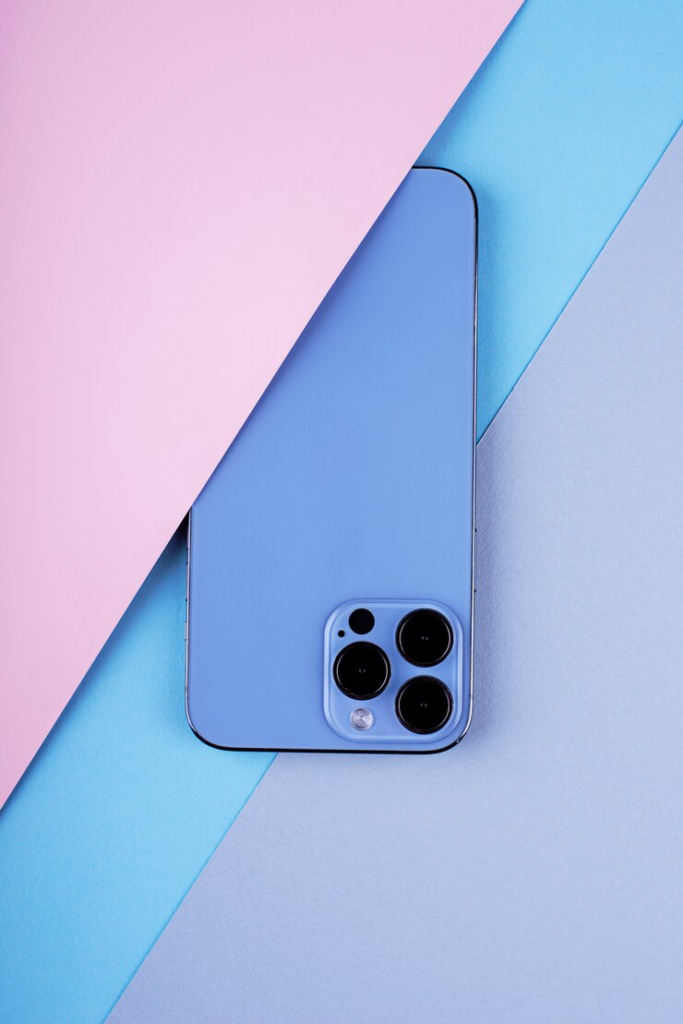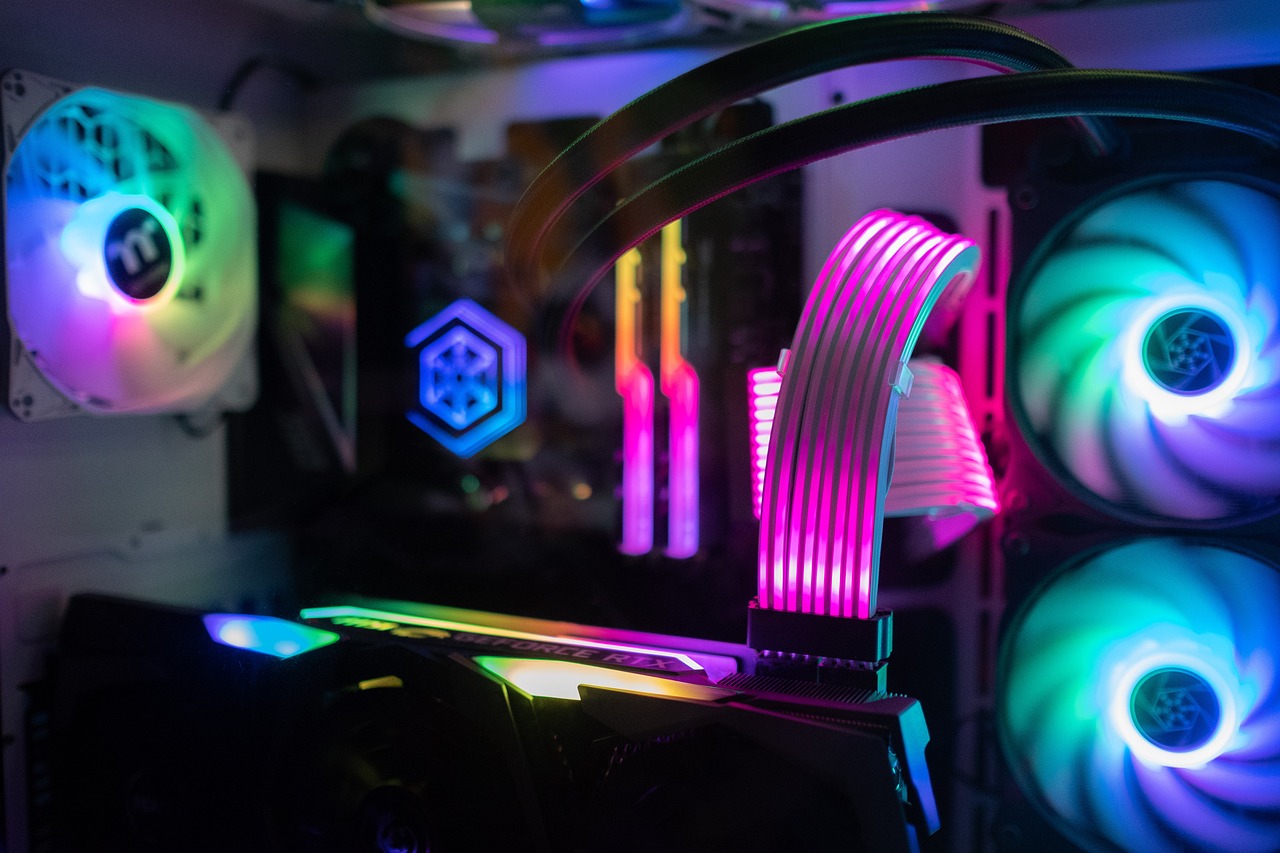


As Apple continues to innovate with each new generation of iPhones, the leap from the iPhone 15 to the iPhone 16 brings notable upgrades and refinements. Whether you’re a current iPhone 15 user wondering if it’s worth upgrading or a prospective buyer deciding between the two, this extended review will help break down the key differences, improvements, and features of both models.
Design and Build Quality
iPhone 15:
The iPhone 15 maintained the signature sleek design Apple is known for. It featured:
- Flat-edged aluminum frame with a ceramic shield front and a glass back.
- Dynamic Island: A feature previously limited to Pro models, now standard across all iPhone 15 models, offering a more interactive way to manage notifications, calls, and apps.
- 5 color options: Midnight, Starlight, Pink, Yellow, and Blue.
- Durability: IP68 water and dust resistance with scratch-resistant glass.
iPhone 16:
The iPhone 16 follows Apple’s tradition of iterative design upgrades but brings some fresh refinements:
- Rounded edges: A return to a more ergonomic, curved design reminiscent of the iPhone 11 but with modern aesthetics.
- Titanium frame (Pro models): A shift from stainless steel to titanium, making the iPhone 16 Pro models lighter and more durable.
- Improved Ceramic Shield: Enhanced scratch resistance and shatterproof technology.
- New colors: With a fresh palette, including hues like Pacific Blue and Titanium Grey, the iPhone 16 introduces a refined aesthetic.
Verdict: While the iPhone 16 Pro’s titanium frame makes it lighter and more durable, users who appreciate a sleeker, more comfortable feel will likely appreciate the new design. For regular users, the design changes may feel more evolutionary than revolutionary.
Display
iPhone 15:
- Display Size: 6.1-inch (iPhone 15) and 6.7-inch (iPhone 15 Plus).
- Super Retina XDR Display: OLED panel with HDR10 and Dolby Vision support.
- Peak Brightness: Up to 1,200 nits (typical), with HDR content capable of 1,600 nits.
- ProMotion (on Pro models): 120Hz adaptive refresh rate for smoother scrolling.
iPhone 16:
- Display Size: Similar sizes to the iPhone 15, with 6.1-inch and 6.9-inch variants.
- ProMotion Across All Models: One of the most anticipated upgrades is the 120Hz refresh rate becoming standard on all iPhone 16 models, not just the Pro variants.
- Enhanced OLED Panel: The iPhone 16 features an OLED display with even better color accuracy and improved outdoor visibility, especially under direct sunlight.
- Brighter Display: HDR peak brightness now reaches up to 2,000 nits for even clearer viewing in bright environments.
Verdict: While the iPhone 15’s display is impressive, the iPhone 16’s standard ProMotion and improved brightness make it more appealing, especially for media consumption and gaming.
PPerformance
iPhone 15:
- Chipset: Powered by the A16 Bionic chip (for Pro models) and A15 Bionic for standard models, the iPhone 15 delivers excellent performance across tasks, from gaming to multitasking.
- 5-core GPU: Enhanced for graphics performance.
- 6GB RAM: Standard across all models, ensuring smooth performance for everyday use.
iPhone 16:
- Chipset: The A18 Bionic chip, built on an even more advanced 3nm architecture, promises substantial improvements in both performance and power efficiency. It is designed to handle the most demanding tasks with ease, including intensive gaming and real-time 4K video editing.
- 6-core CPU: The A18 offers an enhanced multi-core CPU, leading to faster app loading times, better multitasking, and more responsive performance.
- 8GB RAM (Pro models): The iPhone 16 Pro models come equipped with 8GB of RAM, making them ideal for power users who frequently switch between multiple apps or use intensive programs.
- Neural Engine Improvements: With better AI and machine learning capabilities, the A18 Bionic enhances features like computational photography, real-time video effects, and on-device AI processing.
Verdict: The jump from the A16 Bionic to the A18 Bionic represents a significant leap, particularly for users who rely on performance-heavy tasks like gaming, 3D rendering, and AI-powered applications. The iPhone 16 is notably faster and more efficient, especially for those using Pro models.
Camera System
iPhone 15:
- Dual Camera Setup (iPhone 15/15 Plus):
- Main sensor: 48MP wide lens.
- Ultra-wide: 12MP ultra-wide with a 120-degree field of view.
- 2x optical zoom (Pro models) and up to 3x optical zoom (Pro Max).
- Cinematic Mode: For video recording with shallow depth of field in 4K HDR.
- Night Mode: Improved low-light performance thanks to Smart HDR 4 and Deep Fusion.
iPhone 16:
- Triple Camera Setup (Pro models):
- Main sensor: 48MP, with a larger sensor for better low-light performance and sharper images.
- Periscope Telephoto Lens: One of the biggest additions, especially in the iPhone 16 Pro Max, offering 10x optical zoom, compared to the 3x on the iPhone 15.
- LiDAR Scanner: Enhanced AR experiences and better depth sensing for portrait photos.
- AI-Enhanced Photography: Improved computational photography with better image stacking and Smart HDR 5.
- 4K ProRes Video: Continued support for pro-level video recording with improved stabilization and color depth.
Verdict: The iPhone 16’s camera system, particularly with the periscope telephoto lens, offers significant improvements for photography enthusiasts. The AI-driven enhancements also elevate the overall image quality, especially in low light. If photography is a priority, the iPhone 16 is a substantial upgrade.
Battery Life
iPhone 15:
- Battery Life: Up to 20 hours of video playback on the iPhone 15 and 26 hours on the iPhone 15 Pro Max.
- Charging: MagSafe and Qi wireless charging, with 50% charge in about 30 minutes via wired fast charging.
iPhone 16:
- Battery Life: Slightly improved, with up to 22 hours of video playback on the standard model and 28 hours on the Pro Max.
- Fast Charging: The iPhone 16 features even faster charging speeds, achieving a 50% charge in 25 minutes using a compatible 30W charger.
- USB-C Charging: Apple has officially adopted USB-C across the iPhone 16 series, marking a significant change from the Lightning connector, offering faster data transfer and better compatibility.
Verdict: While the iPhone 15 already boasts good battery life, the iPhone 16’s improvements in charging speed and battery efficiency, along with USB-C, make it a more future-proof option for heavy users.
Software and Features
iPhone 15:
- iOS 17: Introduced features like StandBy Mode, interactive widgets, and improvements to Messages and FaceTime.
- Face ID: Continued improvements in speed and accuracy.
- Emergency SOS via Satellite: A standout feature for outdoor adventurers, allowing emergency communication even without cellular service.
iPhone 16:
- iOS 18: With improved focus on customization and AI-driven features like enhanced Siri integration, predictive typing, and better privacy settings.
- Face ID Under Display: Rumored to be introduced in the iPhone 16 series, allowing for an uninterrupted front display experience.
- Augmented Reality Enhancements: Thanks to the improved LiDAR scanner, the iPhone 16 excels in AR applications and gaming.
Verdict: The iPhone 16 with iOS 18 adds new features that make it feel more forward-looking, particularly with its focus on AI and AR advancements.
Conclusion: iPhone 15 vs. iPhone 16 – Which One Should You Choose?
iPhone 15:
- If you’re happy with the performance of the iPhone 15, especially for general use, photography, or moderate gaming, it remains an excellent choice. With its solid camera system and powerful A16 chip, it’s more than capable for most users.
iPhone 16:
- If you’re looking for cutting-edge performance, improved camera capabilities, or are excited about new tech like the periscope lens or USB-C charging, the iPhone 16 is a significant upgrade. For power users, photographers, and those looking to future-proof their device, the iPhone 16 offers several compelling reasons to upgrade.
In the end, the choice between the iPhone 15 and iPhone 16 comes down to how much you value these incremental improvements in performance, design, and camera features. If you’re upgrading from an older model (pre-iPhone 13), the iPhone 16 is likely the better investment. However, if you’re already on an iPhone 15, the improvements in the iPhone 16 may be less transformative unless you’re after the latest and greatest.



